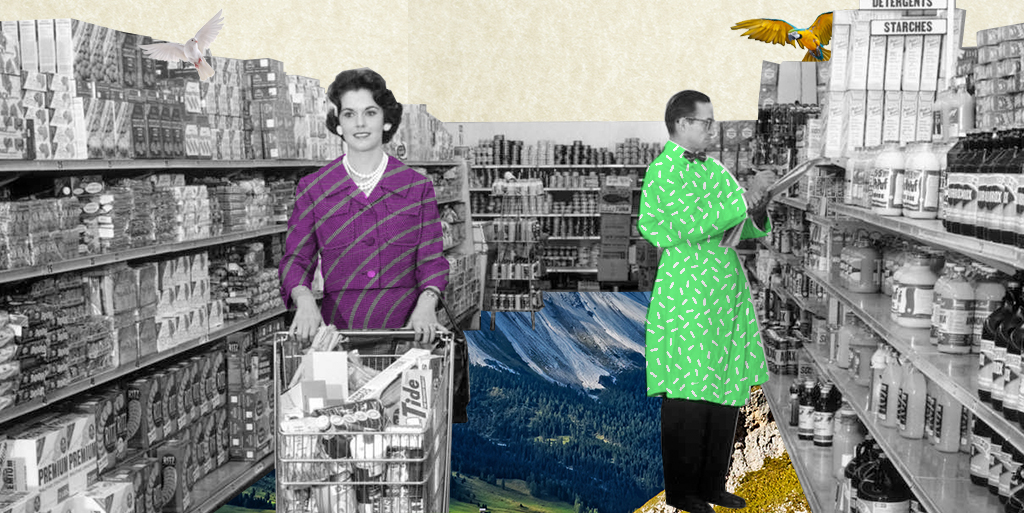
Voices in marketing: An interview with Anne Lannan - Part 2
Marketing and sales alignment is essential. See how social media is impacting on-the-ground actions both teams make in Part 2 of our Voices in Marketing interview with Anne Lannan.


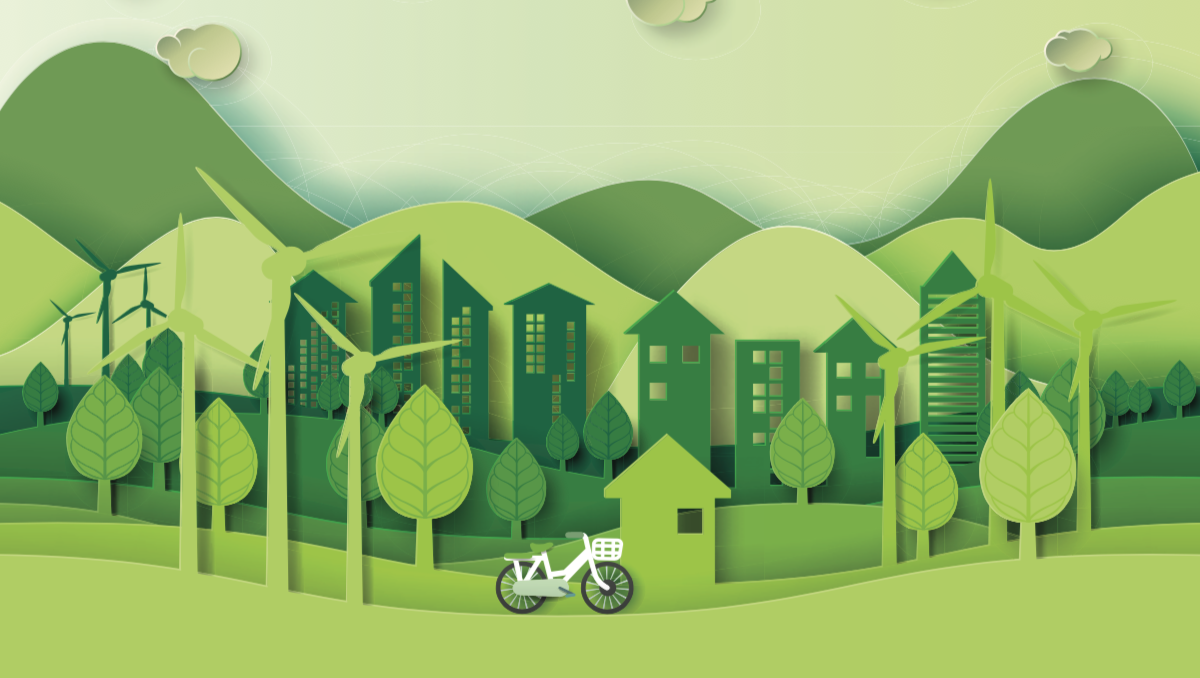
Taking a stand in favor of sustainability can pay off big for your brand. We’re exploring how three brands miss the mark, and how three others do sustainability right.
Today’s customers expect fashion and apparel brands to take a stance on hot-ticket issues like environmental sustainability. We’ve learned siding with Mother Nature puts brands in a better spot for the future (read more about that here).
This lesson is only reinforced by the negative headlines plaguing fashion brands when they burn excess product, source unsustainable materials and promote fast fashion. Burberry, for example, recently found themselves in the spotlight not for a posh new collection but for incinerating almost $40 million in “old” (a.k.a. overflow) merchandise.
So where do brand miss the mark on sustainability and what does it mean to “get” environmentalism in the clothing industry or anywhere else? We’ve compiled three examples of brands doing sustainability wrong, and three examples of how brands do it right.
This high-end runway brand was recently outed for burning upwards of $37 million in merchandise to prevent “the wrong people” from purchasing it. Yikes. Let’s break this down.
While brands have different audiences and markets, it’s safe to say you should never refer to those outside your target as “the wrong people.” As for that $37 million worth of product? It’s actually common practice in the fashion and apparel industry to incinerate overflow inventory, and Burberry has increased their discarded product load by more than three times since 2014. Burning extra product can lead to serious environmental implications, not to mention the wastefulness of producing apparel that will never be sold or worn.
To make matters worse, everyone from Burberry investors to other retailers expressed their dismay for the incendiary act. Social media users even offered a variety of alternatives for disposing of excess inventory.
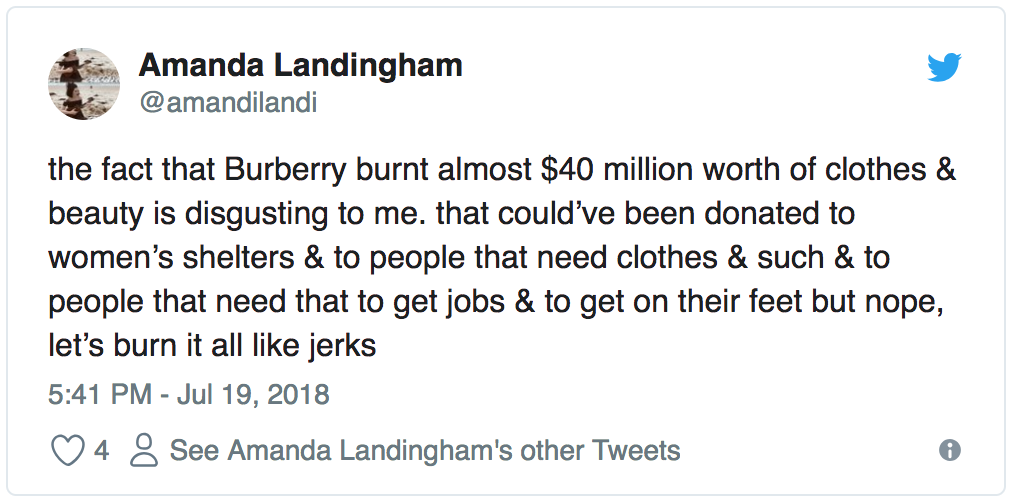
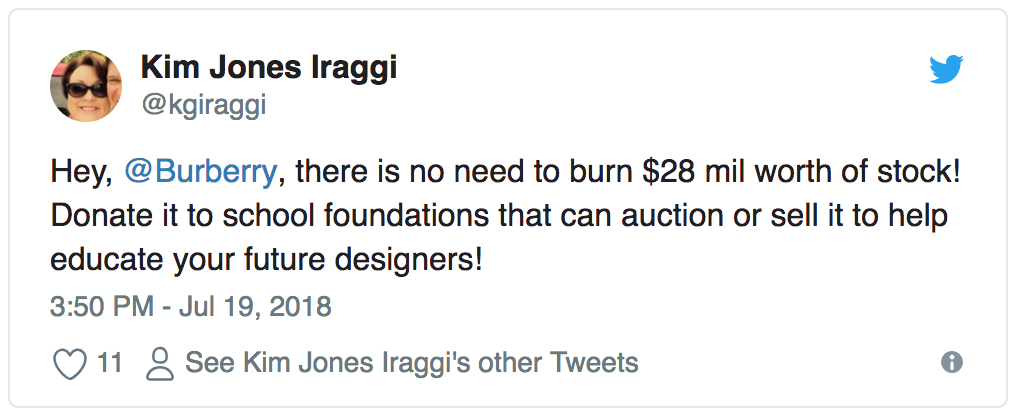
Overall, we’d say Burberry failed it on this one.
When we think H&M, we think multilevel stores with endless racks of inexpensive apparel. This, my friends, is fast fashion.
Fast fashion brands drop new products often. Like. Every. Single. Day. Which also means they see a lot of unsold clothing going to the dump or incinerator. Every. Single. Day. Fast fashion brands typically offer low prices. And those low prices indicate poor quality products sourced with unsustainable materials and often assembled in factories with dubious labor practices.
Plus, all those low prices and frequent product drops encourage excess purchasing, which in turn leads to more apparel in landfill. Bad for the environment and for the people in the supply chain.

http://about.hm.com/en/sustainability/vision-and-strategy/sustainability-strategy.html
On the bright side, however, H&M has made recent efforts to clean up their business practices and implement sustainability goals. The retail giant hopes to use only sustainable materials by 2030 and be climate positive by 2040, stating large-scale fashion and sustainability shouldn’t be mutually exclusive.

http://about.hm.com/en/sustainability/vision-and-strategy/sustainability-strategy.html
Only time will tell what positive changes they make.
One word: Dieselgate. By now, you’ve likely heard the saga about Volkswagen faking emissions results on their vehicles. The TL;DR – VW engineered work-around exhaust control software to pass emissions tests with flying colors… without actually improving their systems. In reality, VW vehicles dumped illegal amounts of nitrogen oxides into the atmosphere for nearly a decade all the while lying to consumers and regulators with falsified data. Ouch.
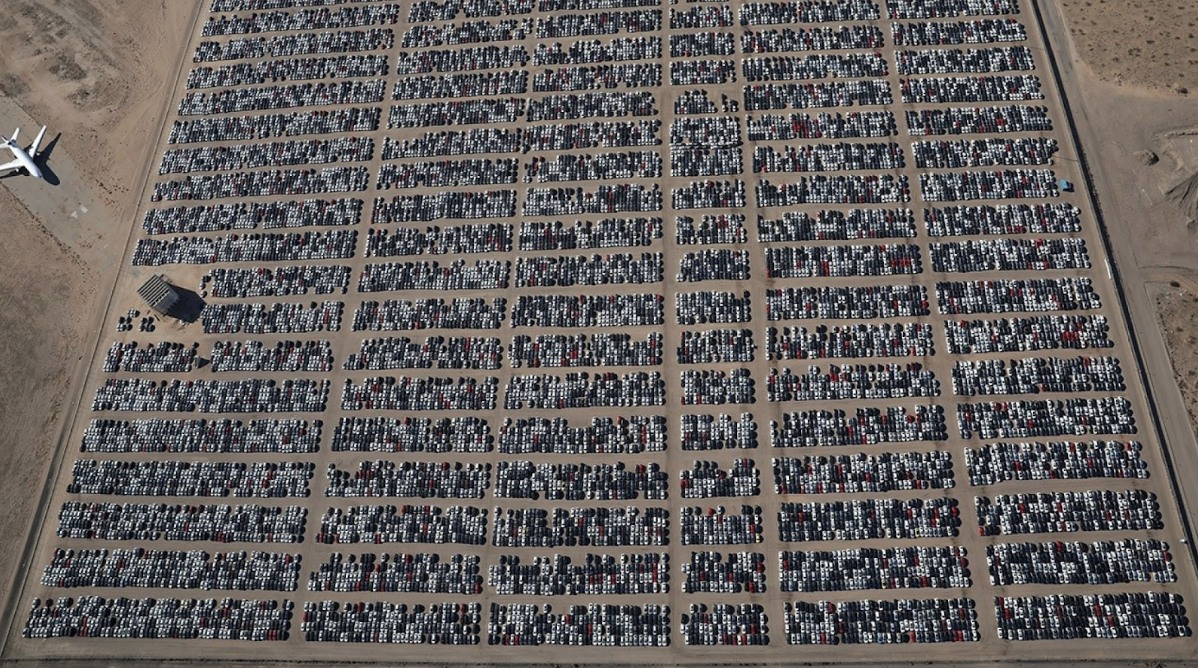
http://www.foxnews.com/auto/2018/03/30/nearly-300000-vw-diesels-are-sitting-in-lots-across-u-s.html
The resulting fallout saw almost 300,000 cars end up in vast storage facilities (more bad news for the environment) and $25 billion in claims from vehicle owners and sellers as well as environmental regulators.
Dedicated customers expressed a feeling of betrayal over the matter, and VW stocks fell more than 30% just overnight. But this isn’t just a numbers game. VW’s handling of the scandal is a textbook lesson in how not to respond to company wrongdoing. From leadership denials to claiming their technology was not illegal in Europe, VW has a lot to learn about PR, accountability and sustainability.
But don’t lose faith! Plenty of brands out there work tirelessly to make a positive change for the environment. Here are some of our favorites:
adidas stepped up their sustainability game in recent years by partnering with do-good organizations.
In 2015, adidas made waves when it teamed up with aquatic advocates Parley for the Oceans to give plastic beach waste another life as performance footwear. The adidas x Parley UltraBOOST collection launched using Econyl thread, a technical fiber that functions like nylon, instead of traditional materials. Each shoe removed 11 plastic bottles from oceans and beaches. Today, the growing collection includes multiple running styles, football cleats, swimwear, MLS jerseys and training apparel.
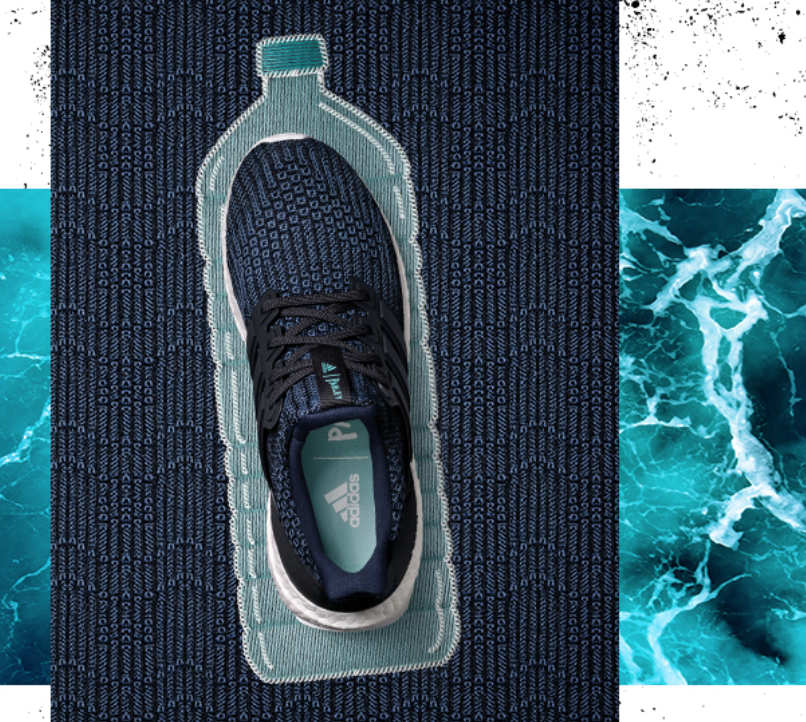
https://www.adidas.com/us/parley
Their continued partnership with brands like Parley and Fashion for Good puts this retail giant at the forefront of fashion sustainability. Combine that with efforts to convert to a circular apparel approach and use recycled fibers and materials, and adidas is making an impression on their sustainability-loving customers.
You may have seen this name popping a lot on our blog, but we can’t get enough of Janji. This force-for-good brand knows runners understand the importance of clean water, so they made clean water their mission.
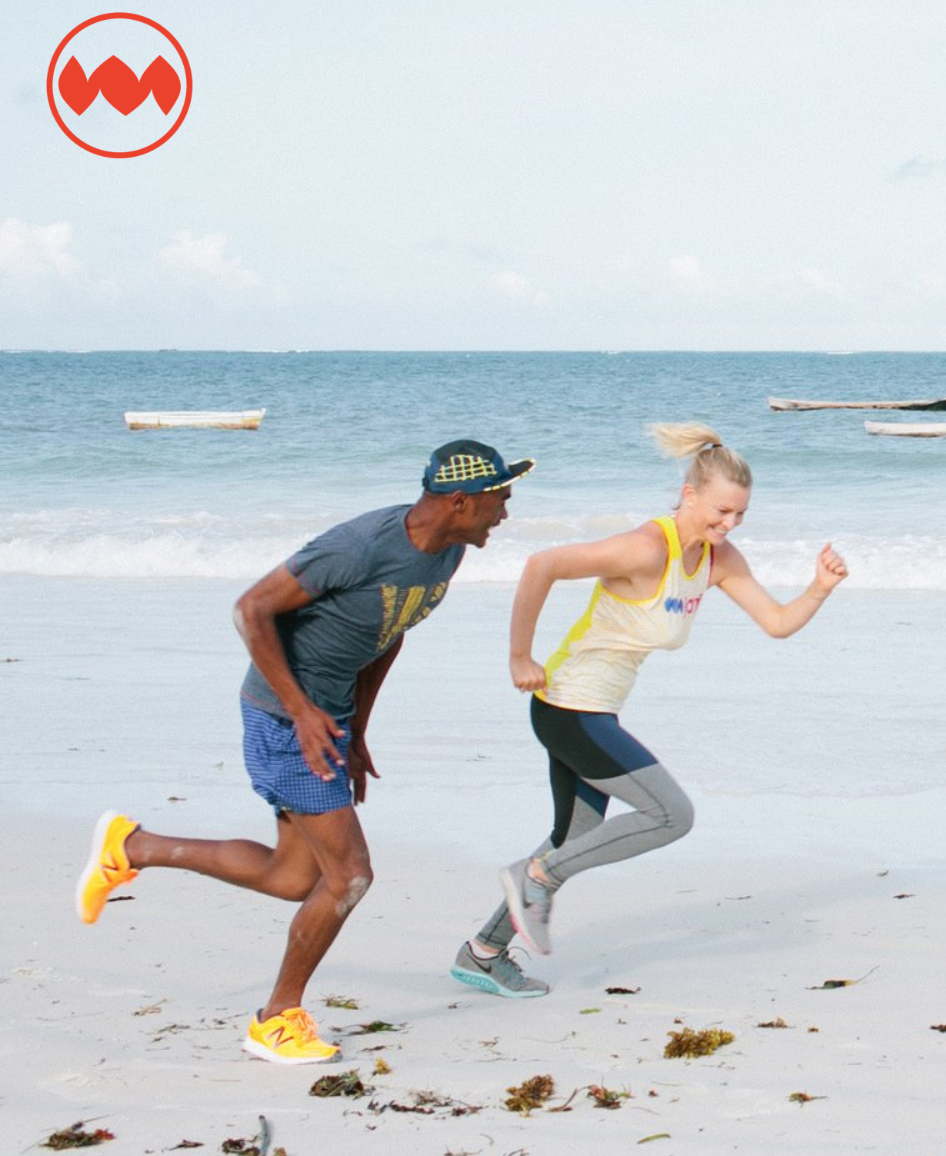
https://runjanji.com/pages/how-we-help-ct
Janji employs indigenous artists to design their fabrics and in return gives back through clean water initiatives. And it’s not exclusive to sustainability. Janji has made it their mission to “alleviate the worst problems related to water… and eliminate the global water crisis.” What’s more, they ensure their impact stays on track through accountability check ins. You can read more about Janji here.
When talking retail sustainability, you have to talk Patagonia. One of the first retailers to the sustainability game, Patagonia covers every base. Sustainable materials? Check. Recycling programs? Got it.
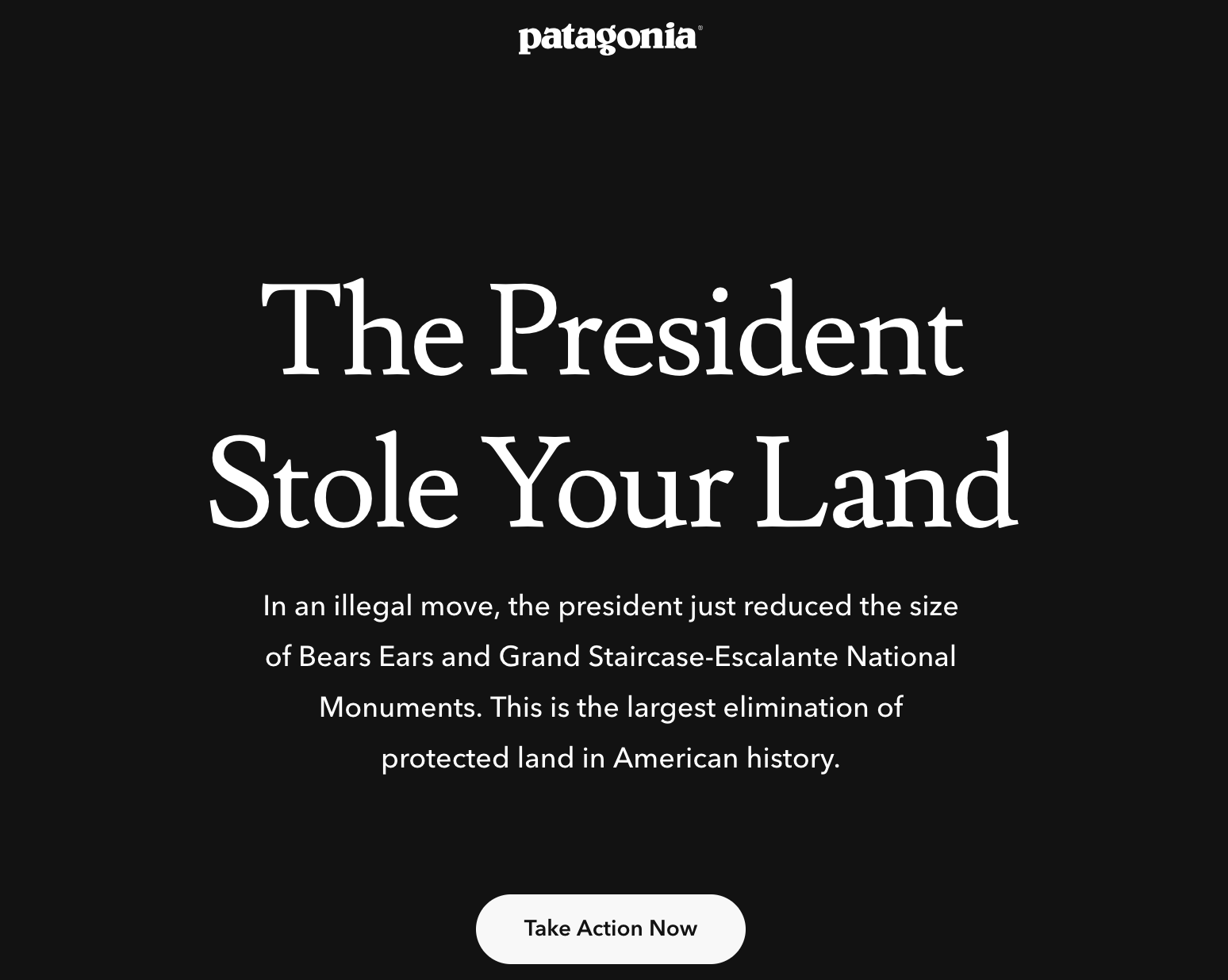
https://www.patagonia.com/protect-public-lands.html
This outdoor adventure brand takes giving back seriously, and it’s not afraid to take a bold stance on everything from rainforest preservation to public lands. Their sustainability efforts even stretch to employee transportation programs. One visit to their site uncovers headlines like “The Dam Truth: All Dams Are Dirty” and “The President stole your land.” Bold. Blunt. Unabashed. And 100% on brand. You can brush up on Patagonia sustainability efforts here.
Doing good is the future of fashion, and we’re dedicated to working with brands that make it a point to do the right thing. Whether that’s sustainable practices or giving back to your community in another way, being a Force for Good is key to success.
Sources:
VOLTAGE is a digital agency specializing in eCommerce, digital brand experiences, and web apps. Get emails and insights from our team:

Marketing and sales alignment is essential. See how social media is impacting on-the-ground actions both teams make in Part 2 of our Voices in Marketing interview with Anne Lannan.

Journalism isn’t dying. It’s being reborn. Here’s how The Colorado Sun is leveraging technology, blockchain and collaboration to reclaim journalism from the fate of fake news.